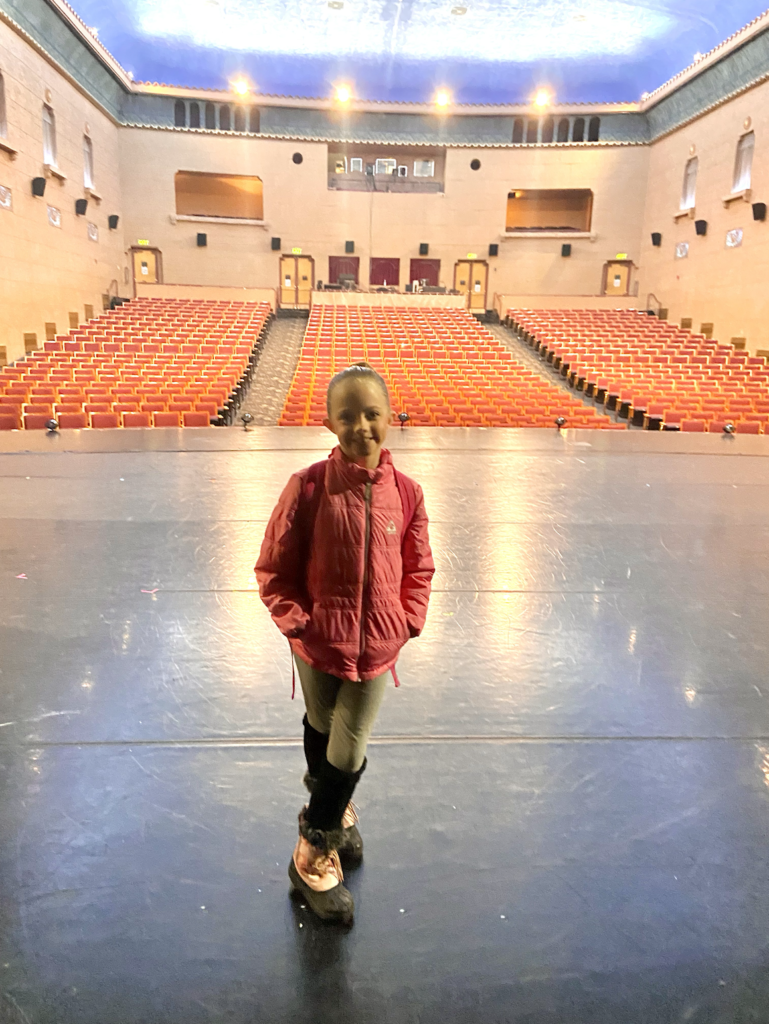Shades of Sound: Why Piano Students Need to Listen to Classical Music
The idea for the Shades of Sound curriculum first came to me as I was listening to a gorgeous reimagining of Vivaldi’s Four Seasons. Frustrated with the problem of piano students quitting lessons because “they don’t like classical music,” I heard this music and realized that there has got to be a way that we can help our piano students listen to and appreciate great music.
The Shades of Sound Listening & Coloring Books are my solution to this problem, and I have been so excited about the enthusiasm shown for this engaging music appreciation curriculum.

Why Music Appreciation?
“Building desirable attitudes toward music is the first aim of all music education.” -Mabelle Glenn
Music appreciation is an important part of any young musician’s training. Learning to play the piano without knowing the great composers and listening to their music is like trying to become a writer without reading any good books. Understanding and appreciating great music is essential!
Listening to classical music will help increase our students’ understanding of music. It will inspire and motivate them to practice. It will give them composer and musician role models and introduce them to great performers. Regular listening to many different styles and composers helps our students become more well-rounded musicians.
According to Self-Determination Theory, we humans have three psychological needs which need to all be met in order to be motivated and engaged. One of these important needs is relatedness. In the context of piano study, relatedness has to do with how the things our students are learning in piano related to their life.
Take for example a student who comes from a home where there is no classical or piano music. The parents do not play any instruments and there is not much music in the home. It will probably be harder for this student to progress and engage in the learning process than a student who comes from a musical family and a home where classical music is listened to and appreciated.

Why does this curriculum work so well?
The Shades of Sound curriculum combines listening with coloring to create an engaging experience for students of all ages. Why does this curriculum work so well?
The reason why this curriculum is so engaging and works so well is that it uses all four learning modes:
- Reading/Writing – Students learn about music history by reading about each composer in the book, and reading about the background of the piece and what to listen for. They have a chance to write down what they like about each piece and give the piece a rating.
- Auditory – Students listen along using the accompanying YouTube playlist.
- Visual – Each piece includes a beautiful coloring page.
- Kinesthetic – Coloring while listening uses kinesthetic or tactile learning.
Combining all four learning styles makes this curriculum super engaging and helps you to reach all of your students in different ways.

But how can I find time to fit this into a piano lesson?
That is what is so great about this curriculum. All of the work is done for you, it is easy to implement and can be used in different ways. You can assign an entire book to a student and have them listen a little bit each day at home, or assign a piece or two per week. You can take a minute or two to discuss but most of the work can be done at home. (This is GREAT because there will be classical music in their home for their whole family to enjoy!) Or, you can use these in a group setting for some fun listening and coloring activities!

Listen!
Let’s get our piano students listening to great music! As they appreciate and understand classical music, they will become better musicians. Truly the most important part of our job is helping our students to LOVE music. In order to love it they must listen to it!




















